Japan PMI Manufacturing rose slightly to 52.0 in march, up from 51.4, above expectation of 51.3. PMI services improved slightly to 46.5, up from 46.3. PMI Composite edged up to 48.3, from 48.2.
Usamah Bhatti, Economist at IHS Markit, said: “Activity at Japanese private sector businesses remained subdued… one positive note was private sector firms in Japan recording the strongest increase in employment levels since January 2020… private sector companies were optimistic that business conditions would improve in the year ahead… Positive sentiment stemmed from the expectation that the lifting of state of emergency measures and broader restrictions as vaccinations roll out would trigger a recovery in demand in both domestic and external markets.”
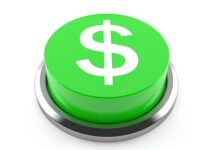



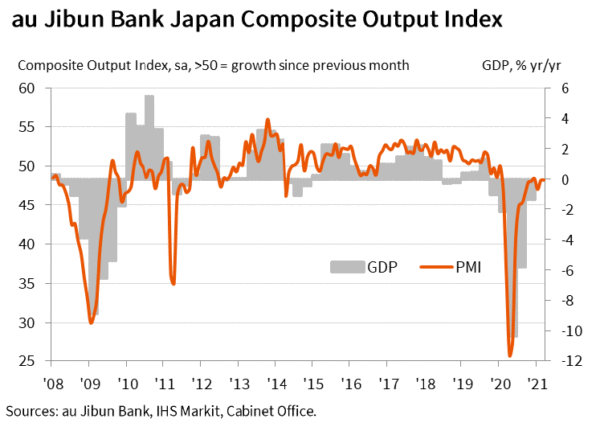
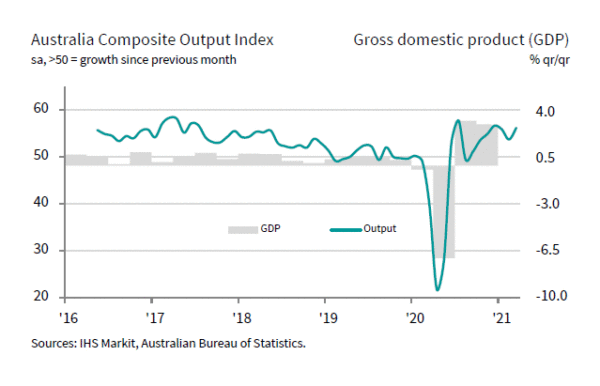
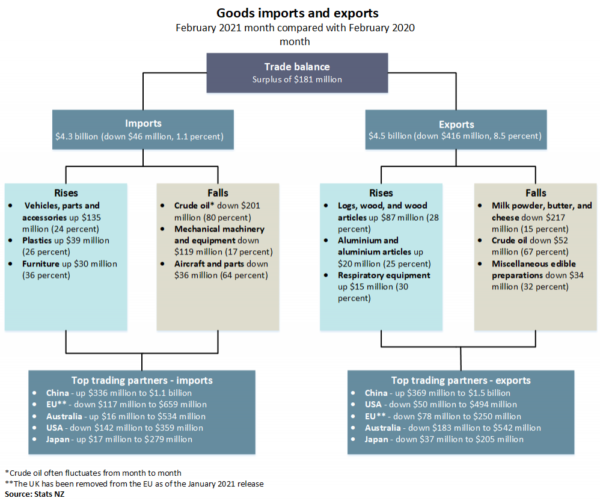

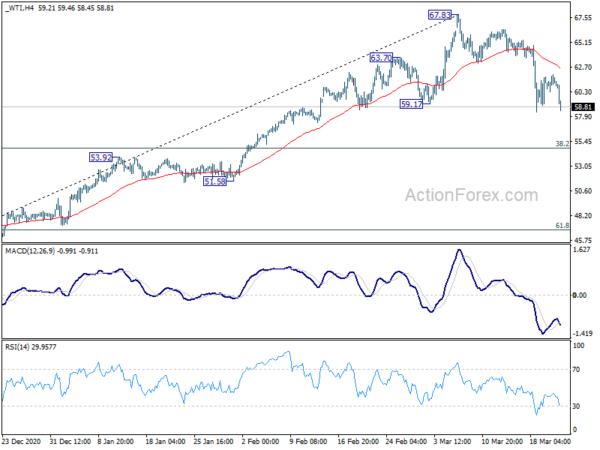
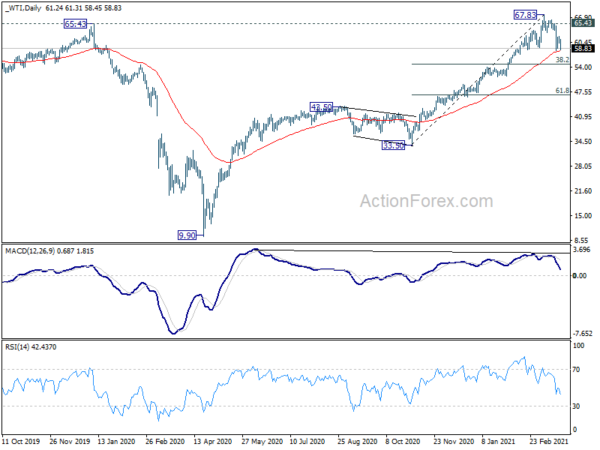
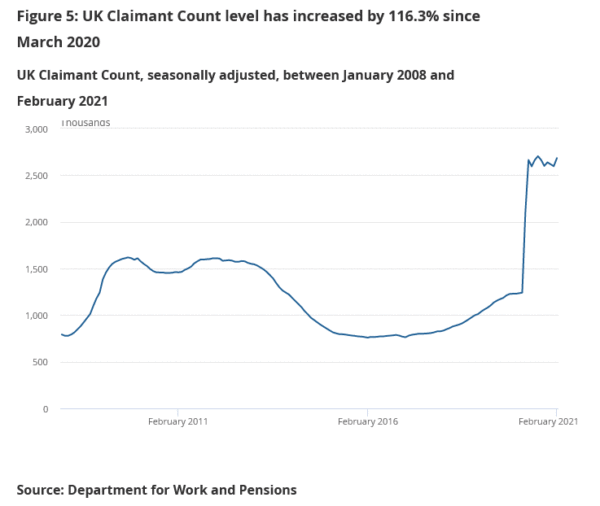
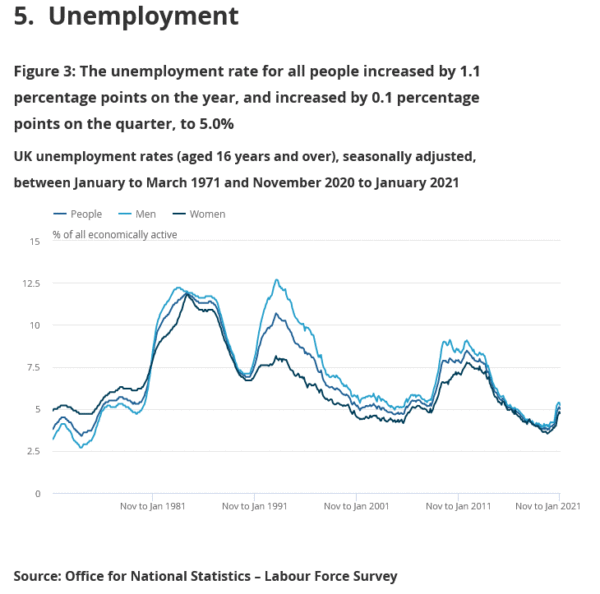
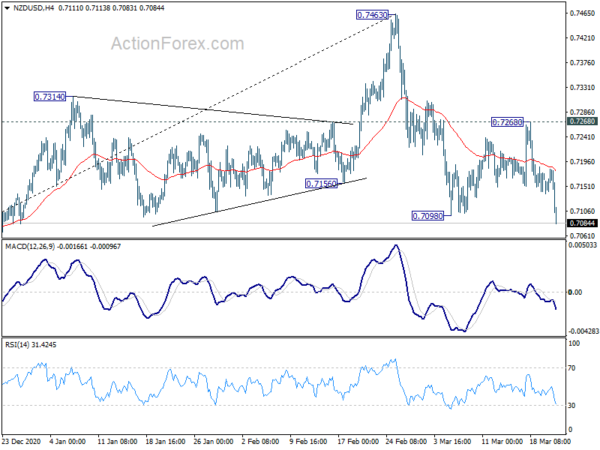

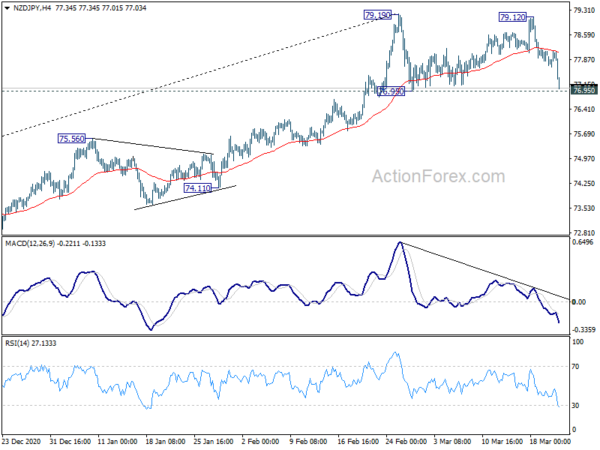
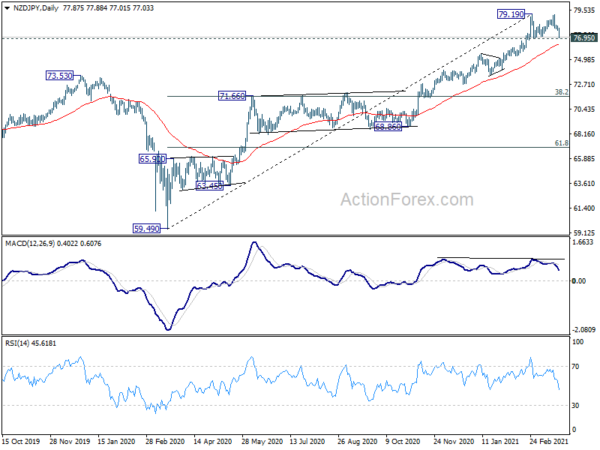

UK CPI slowed sharply to 0.4% yoy in Feb, core CPI down to 0.9% yoy
UK CPI slowed sharply to 0.4% yoy in February, down from 0.7% yoy, missed expectation of 0.8% yoy. Core CPI also dropped to 0.9% yoy, down from 1.4% yoy, missed expectation of 1.4% yoy. RPI was unchanged at 1.4% yoy, matched expectations.
PPI input came in at 0.6% mom, 2.6% yoy, versus expectation of 0.5% mom, 0.6% yoy. PPI output was at 0.6% mom, 0.9% yoy, versus expectation of 0.2% mom, -0.4% yoy. PPI core output was at 0.1% mom, 1.4% yoy, versus expectation of 0.0% mom, 1.4% yoy.